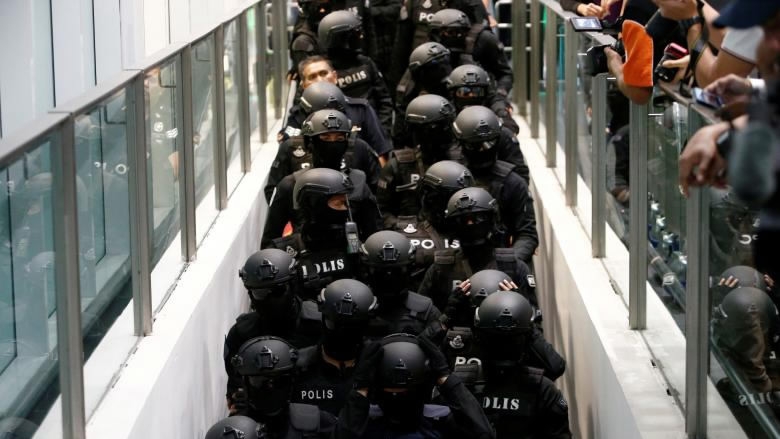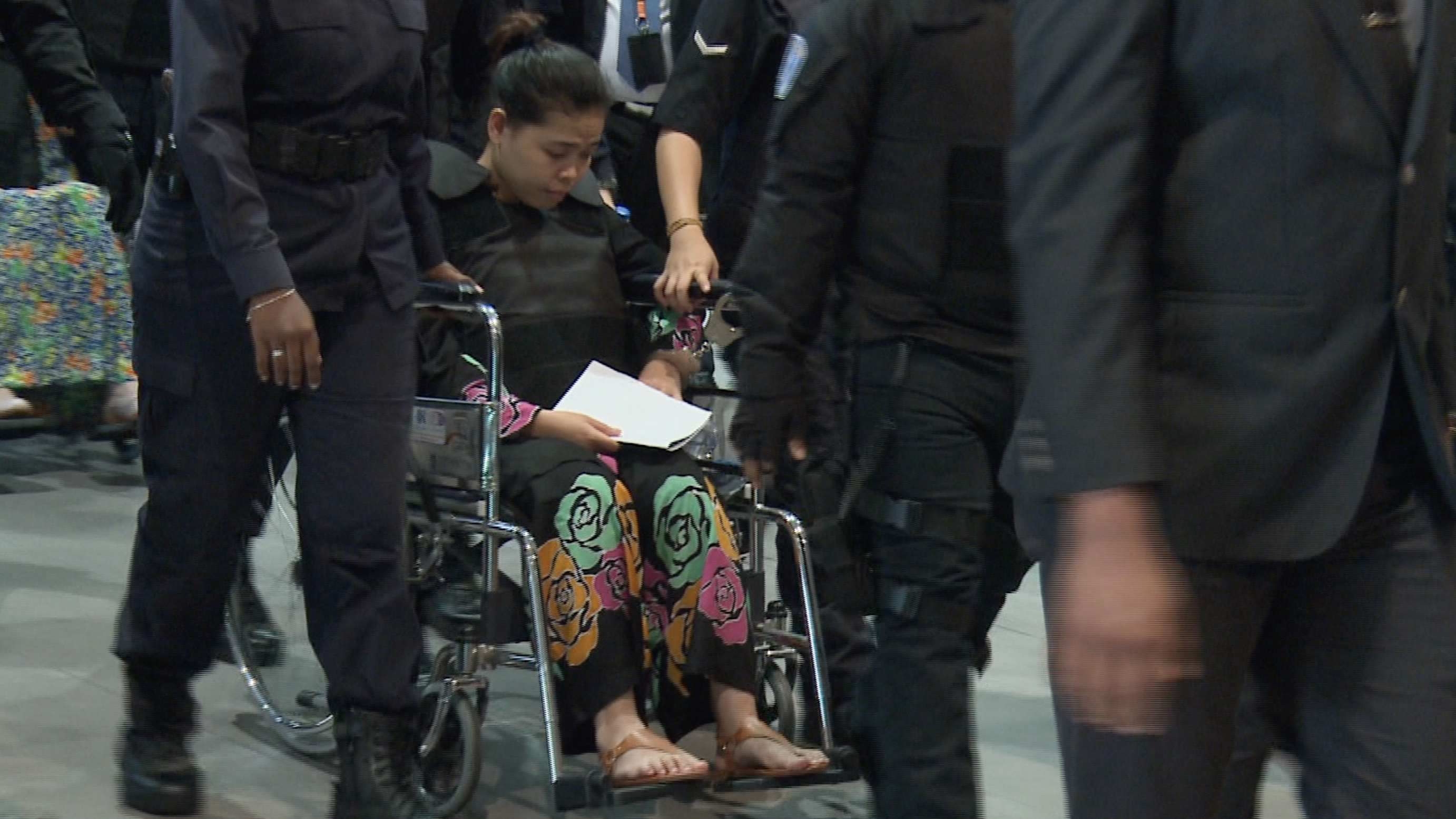
Politics
21:06, 29-Nov-2017
Media frenzy dies down as Kim Jong Nam murder trial proceeds
By Rian Maelzer

Reporters, cameramen and photographers jostling, squabbling, scuffling while police grabbed unruly cameramen and hauled them out of scrums.
As the DPRK ambassador was being expelled from the country, a CGTN reporter and cameraman get their mic cable caught in a surging media throng, tumble to the airport floor and nearly get trampled.
These were some of the frenzied scenes in the early weeks in the case of the assassination of Kim Jong Nam.
When the women accused of killing him made their first appearance at a small court near the airport, the frenzy ramped up another notch.
Dozens of heavily armed police commandos and even riot police were on hand. But it turned out the only threat to peace and security came from the overeager media, particularly those from South Korea and Japan who displayed a level of competitiveness and aggression Malaysians aren't used to seeing.
After that first appearance, police barred cameramen and photographers from entering the court compound, forcing us to try to get shots of the accused from outside the fencing.
As the start of the trial approached, tension mounted among the media. What kind of access would we get at the high court, where it's impossible to see the accused without being inside the court grounds? Who would be among the lucky 10 or so foreign media to get a place in the courtroom? How would the rest of us follow proceedings?
In the end, we found police allowed us to shoot Doan Thi Huong and Siti Aisyah arriving and departing with our cellphones or compact point and shoot cameras.
After the first day when Japanese media ended up getting almost half the available spaces for foreign media, police quickly decided to rotate courtroom seats among the various organizations so everyone would get a turn.
In a first for Malaysia, they also set up a feed from the courtroom cameras and microphones so reporters could follow proceedings from a nearby room.

Siti Aisyah seems to feel the strain more and often looks on the verge of tears. /CGTN Photo
Siti Aisyah seems to feel the strain more and often looks on the verge of tears. /CGTN Photo
In any case, media numbers quickly thinned as it became clear the prosecution case would drag on for weeks, even months.
Defense lawyers have spoken with the media each day, while prosecutors have rarely said a word. They also tried but, thankfully, failed to get the judge to ban the defense lawyers from addressing us.
The high point of the trial to date was the session that took place at KL's budget air terminal, with the judge, lawyers and accused flanked by dozens of heavily armed police commandos in body armor.
We scrambled after them for hours as they visited or re-visited 20 locations spread over three floors, re-tracing the steps the two accused and the victim took on the day of the attack.
It was too much for the two women. They complained of exhaustion and ended up being pushed around in wheelchairs.
Then it was back to the courtroom routine for the next month. Doan smiles often and seems remarkably, even inappropriately, upbeat. Siti seems to be feeling the strain much more, walking with her head bowed and often looking on the verge of tears.
The trial is set to resume in the third week of January and it is likely to be many weeks, if not months, more before the judge will decide whether the women have a case to answer and we might actually get to hear their version of events.
And that will surely once again ramp up the international media's interest in the case.
4352km

SITEMAP
Copyright © 2018 CGTN. Beijing ICP prepared NO.16065310-3
Copyright © 2018 CGTN. Beijing ICP prepared NO.16065310-3